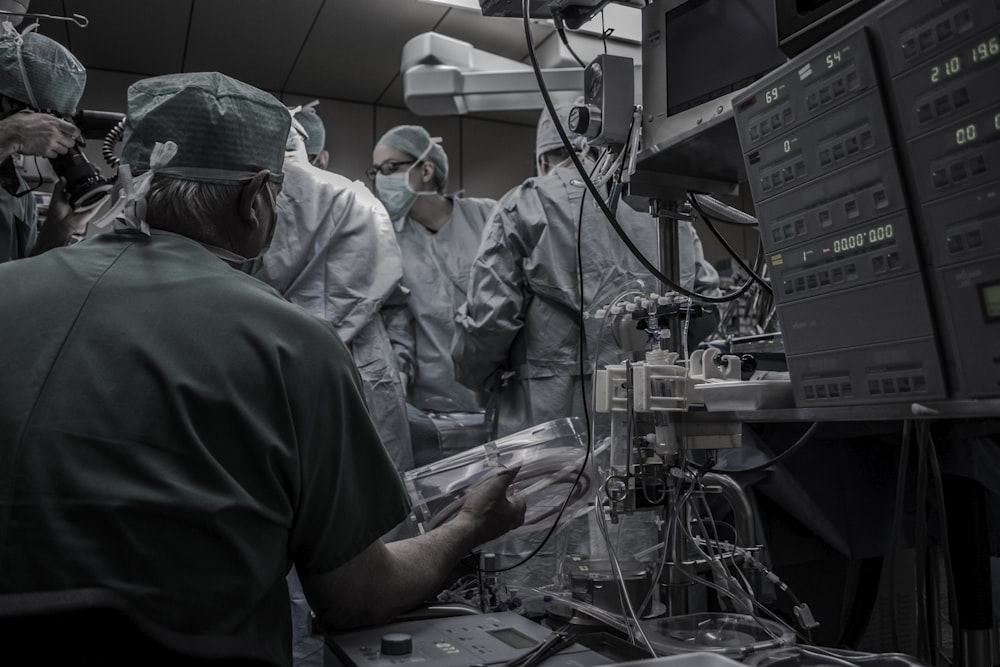Feb 26
2020
Using Technology To Enhance The Patient Experience
With the fourth technological revolution in full swing, more and more digital innovations are changing the world we live in. From having virtual assistants on our devices to directly transforming computer designs to objects through 3D printing, it’s safe to say that these emerging technologies have made many aspects of our lives more efficient.
This movement has come at a very convenient time, as emerging technologies can help meet the growing demand for better healthcare and smoother patient experiences. Already, retailers like CVS and Walmart have begun catering to Americans looking for convenient and accessible health services like vaccinations and screenings.
This is why it’s imperative for healthcare professionals today to utilize technology to improve their practice and enhance patient experiences. Not only will it help treat patients more effectively, but it will also help streamline the numerous services in the healthcare system. With this in mind, here are technological advancements that could positively shape the state of healthcare and the patient experience:
Wearable technology
Wearable technology first came to prominence in the healthcare industry with the development of fitness trackers. These are smart devices that are incorporated into clothing or worn as an accessory, which help patients proactively monitor their health by informing them of their heart rate, blood pressure, and physical activity statistics. Now, the data collected by wearables is becoming much more advanced, as a new design can even help detect breast cancer.
Cyrcadia Health has created a wearable called iTBra that can spot tumors in dense breast tissues quicker than mammograms can through its dual breast patches. These patches are designed to observe if there are any heat changes in a woman’s circadian metabolism, as they play a big role in detecting breast tumors. Apart from providing the opportunity of potentially life-saving early detection, a wearable like this can also help breast cancer patients who are in remission.
Virtual healthcare
For many patients, visiting the hospital or their doctor’s clinic can be a double-edged sword. Although seeing their physicians helps keep their health in-check, some people find their visits to be a hassle, as commuting or simply moving around can be a tiring and costly activity for them. Thankfully, through virtual healthcare innovations, patients don’t have to experience such inconveniences.
Virtual healthcare allows patients to visit and check in with their doctors digitally through communications tech — primarily, online video calls. Parsley Health’s CEO Robin Berzin notes that virtual healthcare lets you access professional help wherever you are in the world, making your phone or laptop the doctor’s office. This set-up also lets patients access their doctor’s notes, records, and lab results online to help them keep track of their own data. However, while useful, it’s important to remember that these virtual visits aren’t a complete substitute for a hospital visit whenever needed or recommended by a doctor.
Mobile applications
With Pew Research revealing that 81% of Americans connect to the internet every single day, and 28% of them being almost constantly online, the presence of mobile applications can do a world of good for both outpatients and those who are recovering at home. Applications like AirStrip and MyChart can provide them with easy access to their health data from the hospital. Apps can help them stay on track with their medication too, since Medisafe and DispatchHealth can help remind them to refill their prescriptions.
Indeed, the Associated Press reports that the mobile health market is expected to grow significantly thanks to these software applications. And when it comes to improving a patient’s treatment experience, it is important to remember that the goal is to help make their lives much simpler as they deal with their sickness.
